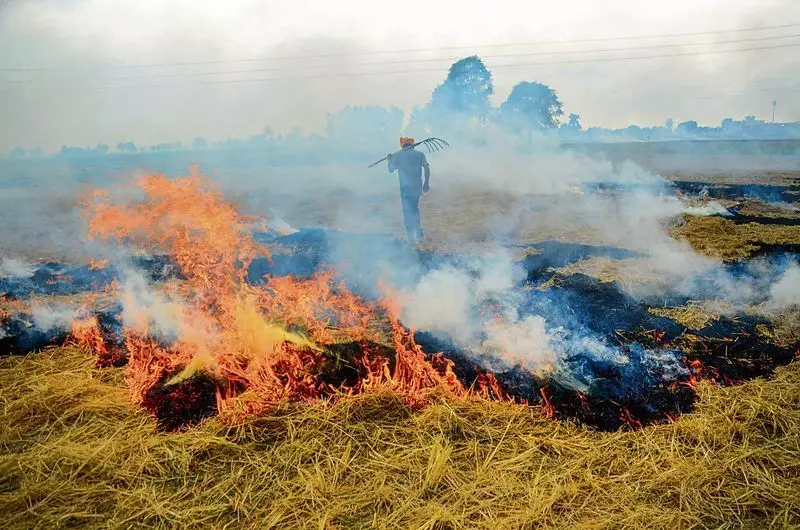
In a puzzling environmental scenario, Jalandhar district has reported a mere 16 farm fire incidents this season, marking a dramatic 93% reduction from last year's 236 cases during the same period. Yet, the city continues to gasp under 'very poor' air quality, raising serious questions about what's truly contaminating Punjab's atmosphere.
The Numbers Tell a Surprising Story
Official data reveals that between September 15 and November 14, Jalandhar's farm fire count plummeted from 236 to just 16 incidents. This staggering decrease represents one of the most significant environmental improvements in recent Punjab history. However, the Air Quality Index (AQI) tells a completely different tale, consistently hovering in the 'very poor' category.
Beyond Stubble Burning: The Hidden Pollutants
Environmental experts suggest that the persistent poor air quality points to multiple pollution sources beyond agricultural burning. Vehicular emissions, industrial pollution, construction dust, and biomass burning for heating are emerging as significant contributors to the deteriorating air quality.
The Punjab Pollution Control Board's data indicates that while farm fires have reduced dramatically, other pollution sources continue to operate at concerning levels, particularly as winter sets in and atmospheric conditions become more favorable for pollutant accumulation.
District Administration's Vigilant Stance
Jalandhar's administration remains on high alert despite the low farm fire numbers. Deputy Commissioner Himanshu Aggarwal emphasized that "the significant reduction in farm fires demonstrates our farmers' growing environmental consciousness and the effectiveness of awareness campaigns."
However, he acknowledged that "the battle for clean air is far from over. We're now focusing on other pollution sources that continue to affect our air quality."
The Regional Context and Weather Factors
Meteorological conditions play a crucial role in the current situation. The onset of winter has brought temperature inversions and reduced wind speeds, creating a lid-like effect that traps pollutants close to the ground. This phenomenon affects not just Jalandhar but the entire Indo-Gangetic plain.
Neighboring districts, while showing improvement, still contribute to the regional pollution load, demonstrating that air quality management requires a coordinated regional approach rather than isolated district-level actions.
The Road Ahead for Clean Air
The current situation presents both hope and challenge. The dramatic reduction in farm fires proves that behavioral change is possible with consistent effort and awareness. However, the persistent poor AQI underscores the need for a comprehensive, multi-source pollution control strategy that addresses all contributors to air pollution.
As Punjab continues its fight for cleaner air, the Jalandhar case study serves as a crucial reminder that solving air pollution requires looking beyond the most visible culprits and addressing the entire spectrum of pollution sources.





